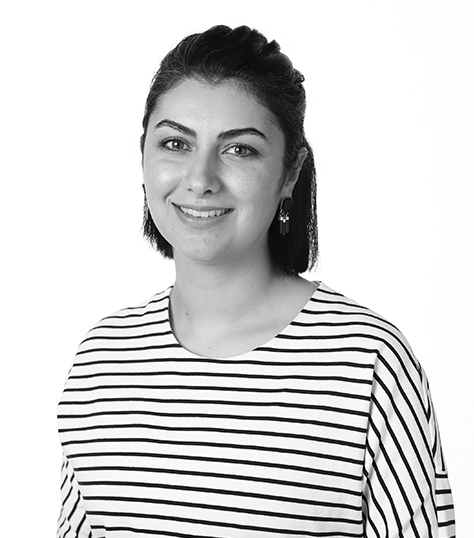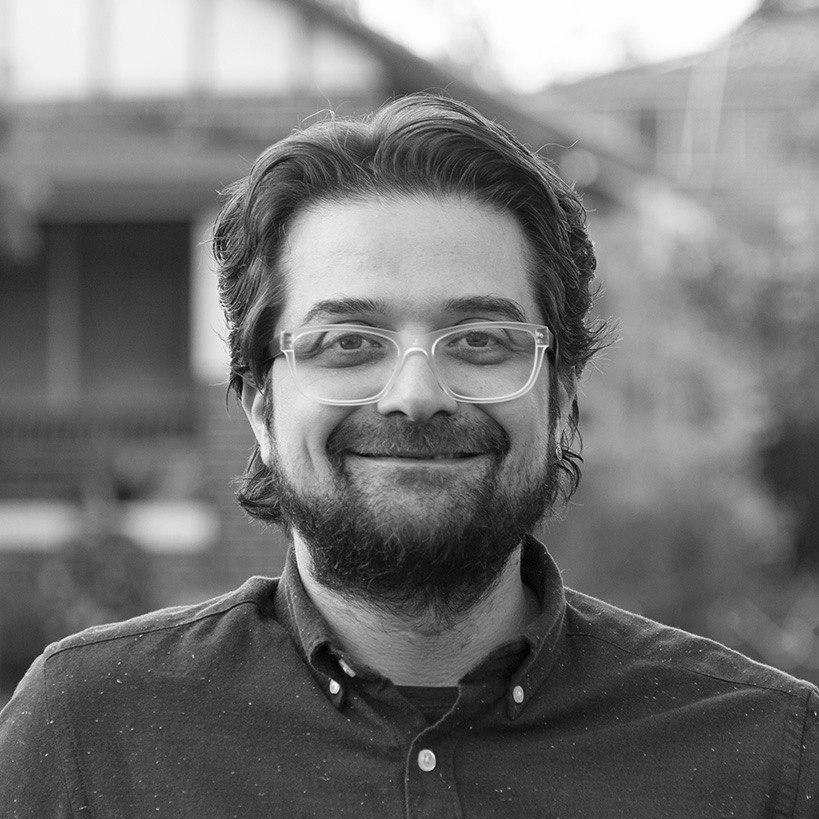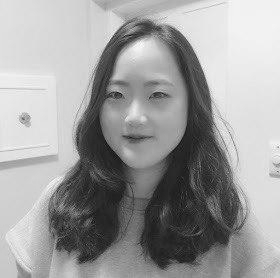About the Workshop
Design fiction enables HCI and design researchers to co- create, explore and speculate the future. It is growing in popularity given the growing complexities of emerging HCI systems and innovations. Diegetic props (like sound, videos, images) are sometimes used in design fiction to blur the lines between imagination and reality. These props enable the designers to be empathetic, feel present in the fiction as they investigate the complexity of technologies explored within the fiction, critique these technologies and think about their consequences.
Categories of Design Fiction
- Props
- Stories/Narratives/Imaginary abstracts
- Videos/Movies
- Audio
- VR/AR
- Games
- Probes/Technology probes
- Futuristic Autobiographies
- Artifacts
- Other (Please suggest)
With a higher level of immersion and sense of embodiment, Virtual Reality (VR) can be a powerful tool for mediating and creating design fiction. However, there are few examples of VR as platform for design fiction. This workshop aims to investigate new opportunities for communicating, critiquing and co-creating design fiction narratives in immersive VR environments.
Currently the information about how we can co-create narratives and speculations using design fiction is sparse. Using interactive technologies like VR to enable communication, critique and co-creation of Design Fictions requires further research to realise its full potential. In this workshop we will explore those opportunities.
You can read the published extended abstract about the workshop Here.
Important Dates
Date
Time
Duration
Position papers
Submission deadline (Extended)
Notification of accepted submissions
Note
19th July 2020
11 A.M AEST/ 9 P.M EDT
3 Hours
Please submit a position paper to participate
7th July 2020*
9th July 2020
The workshop will be conducted online using a video conferencing tool, we will be using other tools like Miro.
*We may continue to consider applications after this date if there is space in the workshop.
Participation
This one-day workshop at DIS 2020 invites researchers working in the area of HCI, design fiction, future technologies, and practitioners from the industry to explore the potentials of Virtual Reality (VR) as a novel technology to co-create, communicate and critique design fiction. Immersive VR presents an immense opportunity to us to experience things with a great degree of presence, feeling as if we are already there in the virtual world. In this workshop we invite you to investigate how this platform can support an existing design method; design fiction. This is a unique area of research that is still in its infancy and we hope this workshop helps participants gain a first-hand understanding of what might be possible to achieve with design fictions in VR.
The workshop facilitates a unique combination of activities to walk you through the experience of creating and thinking through VR. You will be then able to understand how factors such as immersion and embodiment as properties of virtual experiences can influence your thinking about future consequences of using technology in a given context.
Position paper
We accept submissions relevant to research around design fiction or speculative design, VR/AR/Mixed reality platforms to Communicate, Critique and Co-create (CCC) Future Technologies. This may include a case study, early findings, protocols, or critical literature reviews relevant to the workshop theme. Position papers are expected to be 2 to 4 pages maximum (excluding references) in the ACM SIGCHI Extended Abstracts format, which you can download from here. Alternatively you can submit a 1 page statement of interest (500 words) in ACM SIGCHI Extended Abstracts format. Submissions may include images. Submissions will be juried by the organizers based on originality and relevance. You can submit your position paper here. Please make sure that you are submitting a PDF file.
For any questions please contact Ajit Pillai at ajit.pillai@sydney.edu.au.

Ajit G. Pillai is a researcher at Design Lab in The University of Sydney. His research is on the ethics of emerging technologies and Virtual Reality and its effects on industries like healthcare, marketing, transport, e- commerce, education among others.






Agenda (Tentative)
Introduction and welcome
10 Minutes
Who am I
15 Minutes
Position paper presentation
60 Minutes
Break
5 Minutes
Activity one: Reflecting on position papers
40 Minutes
Activity two: Discussion
30 Minutes
Reflection/Conclusion
15 Minutes
Design Fiction using VR
Design fiction over the years has become increasingly popular among HCI researchers and practitioners as a tool for speculating futures and examining consequences of using new technologies [4]. Design fiction has been defined as “the deliberate use of diegetic prototypes to suspend disbelief about change”[7].
Stories help us make sense of the world and frame our experiences in terms of narratives or contexts [8]. Situating a technology concept within a narrative forces us to grapple with questions of ethics, values, social perspectives, causality, politics, psychology and emotions [9]. This is the utility of design fiction. It can be used by researchers, practitioners and users to co-create and examine alternative futures, communicate and anticipate the effects of technology, support decision making and untangle complex concepts; it also enables them to critique the environment, technology concepts, temporal and social context those are situated in and sometimes the narratives itself [3]. Over the years, both digital and non-digital mediums have been used to immerse the audience into the fictional narrative, such as literature, video, objects or technology probes [11].
Different mediums like text, sound, film among others are used to narrow the boundary between fact and fiction. These immersive technologies are used to overcome the “experiential gulf” [6] between our ability to imagine and experience it as if you yourself are a part of that narrative.
How well design fiction suspends our disbelief in the future can determine our ability to accept the suggested narrative and speculate its consequences. The effectiveness of the fiction can, therefore, be impacted by the narrative the medium it is deployed on. The more we are immersed and feel present in a fictional world, the more we believe in the narrative [5]. To achieve high levels of immersion, virtual reality (VR) can be a powerful tool for mediating design fiction. The virtual environment alters our sense of presence in the physical environment by intercepting the data registered in our sensory system (such as vision, sound, touch) through our immediate surroundings [10]. However, despite these compelling qualities, VR has not been widely explored in design fiction research.
With advances in VR technology and the immersive nature of experiences facilitated through virtual environments, there are opportunities for design fiction narratives to be co-created in VR, communicated through VR and critiqued within VR. This workshop aims to explore those opportunities.
References
[1] Andy Crabtree. 2004. Design in the absence of practice: Breaching experiments. DIS2004 – Designing Interactive Systems: Across the Spectrum: 59–68.
[2] David Kirby. 2010. The future is now: Diegetic prototypes and the role of popular films in generating real-world technological development. Social Studies of Science 40, 1: 41–70.
[3] Eva Knutz, Thomas Markussen, and Poul Rind Christensen. 2014. The Role of Fiction in Experiments within Design, Art & Architecture. Artifact 3, 2: 8.
[4] Joseph Lindley and Paul Coulton. 2016. Pushing the limits of design fiction: The case for fictional research papers. Conference on Human Factors in Computing Systems – Proceedings: 4032–4043.
[5] Joseph Lindley. 2015. A pragmatics framework for design fiction. Proceedings of 11th EAD Conference: The Value of Design Research.
[6] Joshua McVeigh-Schultz, Max Kreminski, Keshav Prasad, Perry Hoberman, and Scott S. Fisher. 2018. Immersive Design Fiction: Using VR to Prototype Speculative Interfaces and Interaction Rituals within a Virtual Storyworld. Proceedings of the 2018 on Designing Interactive Systems Conference 2018 – DIS ’18, ACM Press, 817–829.
[7] Tess Tanenbaum, Marcel Pufal, and Karen Tanenbaum. 2016. The limits of our imagination: Design fiction as a strategy for engaging with dystopian futures. ACM International Conference Proceeding Series.
[8] Tess Tanenbaum. 2014. Design fictional interactions: Why HCI should care about stories. Interactions 21, 5: 22–23.
[9] Pam Briggs, Mark Blythe, John Vines, et al. 2012. Invisible design: Exploring insights and ideas through ambiguous film scenarios. Proceedings of the Designing Interactive Systems Conference, DIS ’12 1933: 534–543.
[10] P Horsfield. 2003. The ethics of virtual reality: the digital and its predecessors. Media Development 2: 48–59.
[11] Naseem Ahmadpour, Sonja Pedell, Angeline Mayasari, and Jeanie Beh. 2019. Co-creating and Assessing Future Wellbeing Technology Using Design Fiction. She Ji 5, 3: 209–230.

